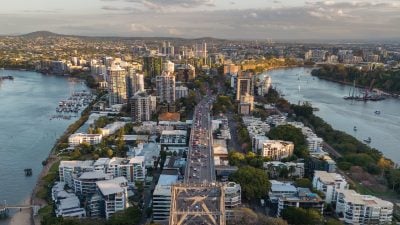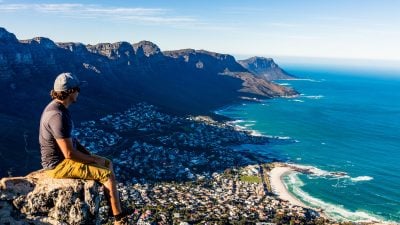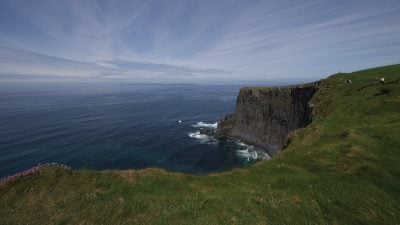Home / UK & Europe / You’ll Love What the Bal…

You’ll Love What the Baltics Have to Offer on European Vacations
Estonia, Latvia, and Lithuania all have a long history, a wealth of diverse culture, and are emerging as major tourist destinations to be enjoyed on European vacations.
I recently returned from a first-time visit to Lithuania, and that completed my introduction to the three Baltic countries, which also include Estonia and Latvia. These three countries were totally independent at one time, then occupied by the Soviet Union, and then once again independent. They were among the first to break away in 1990/91 and are now members of the European Union and NATO. Rather than go into the attractions of these countries overall, I am concentrating on their capital cities. Latvia and Lithuania share roughly the same language as opposed to Estonia, where the language is totally different. Then, Latvia and Estonia share the same major religion, which is Lutheran, whereas Lithuania’s major religion is Catholicism. I mention the differences in religion as this is reflected in the style of some of the most beautiful churches and cathedrals to be found here. What I think will surprise the first-time visitor is the very Central European (rather than Eastern European) flavour reflected in the architecture, streets, way of life, etc. Because all three capitals have been in existence for so long, you will certainly enjoy the medieval aspects of the older, historical parts of each city.
Estonia
Tallinn is a very picturesque city with the number one highlight on Estonia tours being its charming and atmospheric medieval Old Town. It consists of cobblestone streets, gabled houses, numerous churches, and squares – all of which reflect the era between the 13th and 16th centuries. It is no wonder it is a UNESCO World Heritage site. The city was quite heavily bombed during World War II, but luckily it is still well-preserved, with its medieval walls and towers almost intact. I understand it is considered one of Europe’s best-preserved old towns. The heart of the Old Town is the Raekoja plats, a market square which has been operating since the 11th century. It is ringed by a Gothic town hall and pastel-coloured buildings dating back to the 15th through 17th centuries. This picturesque square is the hub of the Old Town and is a venue for open-air concerts, handicraft fairs, and medieval markets. Each winter, it is home to the town’s Christmas tree – a tradition that stretches back to 1441 – and a lively Christmas market. Toompea Castle, built originally in the 14th century, is a fortress overlooking the old town, situated on top of a hill of the same name, where you can have amazing views of the surrounding area. Today the castle is home to the Estonian Parliament.

Other highlights in Tallinn on Estonia travel include the Alexander Nevsky Cathedral, which is a wonderful Russian Orthodox church with an onion-shaped dome. Kadriorg Palace in Kadriorg Park is very well-preserved and was originally an Imperial summer residence. In design, it resembles the Italian palaces from a bygone era. The construction of the palace was begun by Czar, Peter the Great in 1718, and is, in fact, one of the best examples of Baroque architecture in northern Europe. In the park itself are a number of museums, including the Estonian Art Museum and the Kadriorg Art Museum, as well as monuments dedicated to certain cultural figures. The Bastion Passages may not appeal to everyone. They are a tunnel system built in the 17th century and were only rediscovered in 2003. You can walk along these tunnels and see old equipment left over from the tunnels’ past. There is a train which does an organized tour.

The Estonian Open Air Museum is located in a spacious wooded park overlooking the sea. It is a collection of over 100 preserved 18th and 19th-Century village buildings from different parts of the country which include farmhouses, a church, and a windmill. The museum is home to most of Estonia’s oldest buildings and provides the opportunity to see traditional wooden architecture and obtain an idea about rural Estonian life over the past 200 years. The Tallinn Television Tower is the tallest building in Tallinn and Estonia and has an observation deck on the 21st floor for great views of the city. One of the best art galleries in the city is the Kumu Art Museum, with its permanent exhibition of Estonian art from the beginning of the 18th century until the present. Temporary exhibitions include international and modern art.
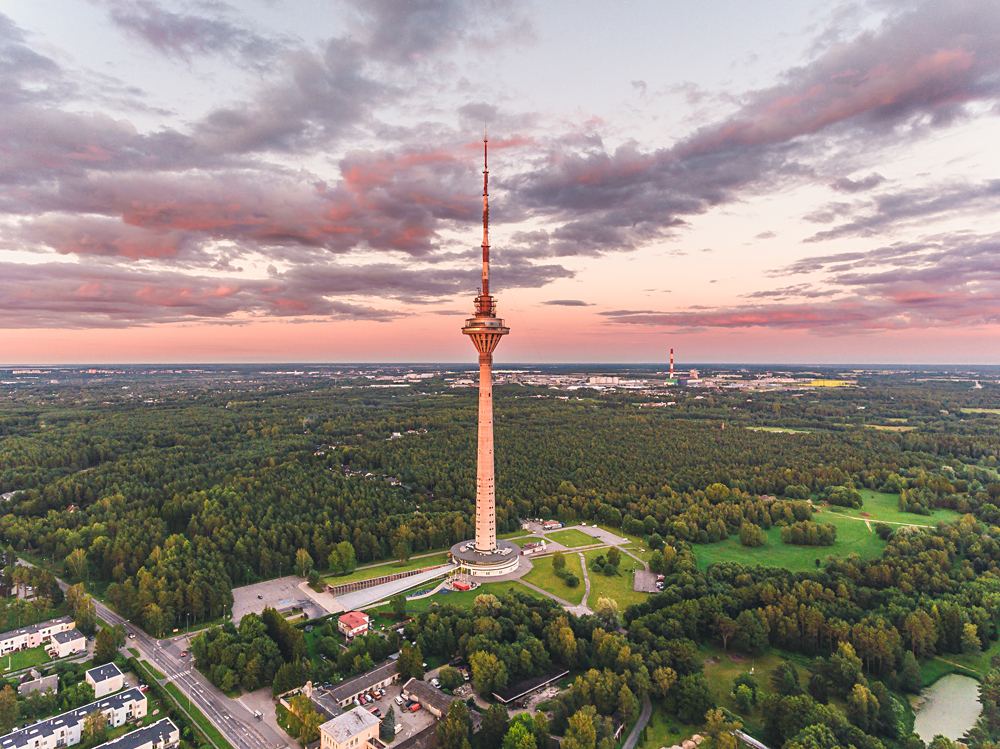
Tallinn is also known for its music festivals. There is Tallinn Music Week in the spring which is designed to showcase the best and most outstanding Estonian and international talent. Over 200 performers provide an eclectic mix of music which includes, at various venues around the city, classical, avant-garde, pop, dance, and rock. The Estonian Song Celebration takes place every five years in July, when as many as 35,000 choral singers gather to perform for audiences. It is one of the largest amateur choral events in the world.
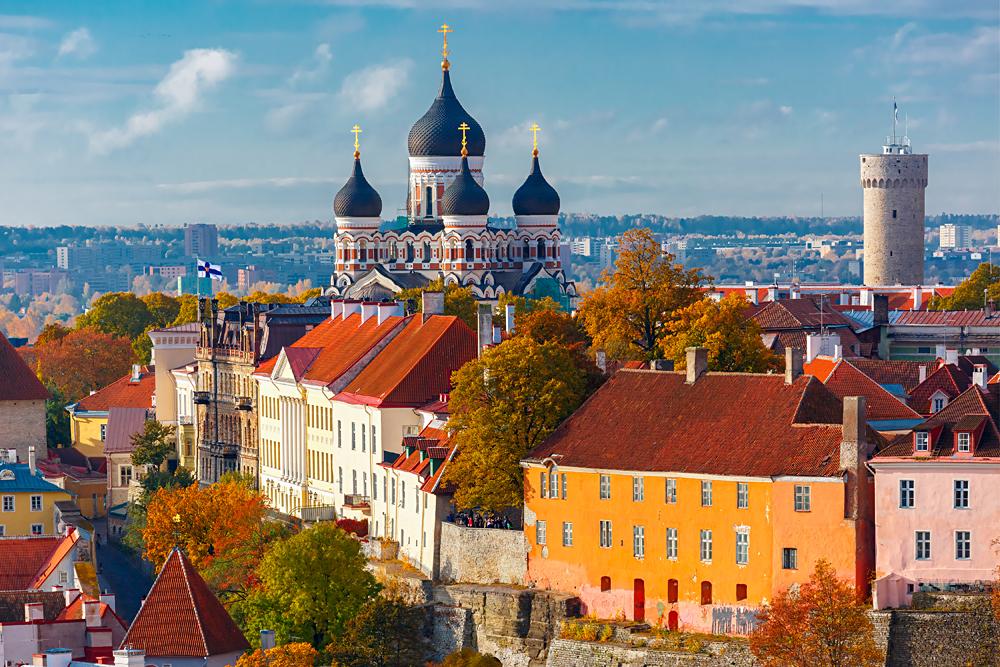
Latvia
Like Tallinn, Riga is famous for its Old Town which consists of over 800 buildings in the Art Nouveau style of architecture and, again, it is no wonder it is a UNESCO World Heritage Site. The Art Nouveau style here has intricate facades with carvings of flowers and mythological creatures and ornate doorways and windows. Much of the Old Town was destroyed during World War II and remained in ruins until it was rebuilt in the late 1990s. Spend some time here on a Latvia vacation just wandering around and soaking up the atmosphere. A typical and outstanding example of this style of architecture is the street, Alberta Iela, constructed in 1906. Simply walk down the street and admire the residential houses, restaurants, and shops. You will be impressed. Another impressive site on travel to Latvia is in the Old Town. It is the House of the Blackheads, which dates back to the 14th century and was originally a guild for unmarried merchants, but is now partly a museum relating to trading. In the basement is a wine cellar. If you want a view of the rooftops of the Old Town, head to St. Peter’s Church, Riga’s oldest church. From the tower, you can have a 360 degree panoramic experience. The interior of the church itself is worth a visit, and you could be lucky and hear a concert if being performed.
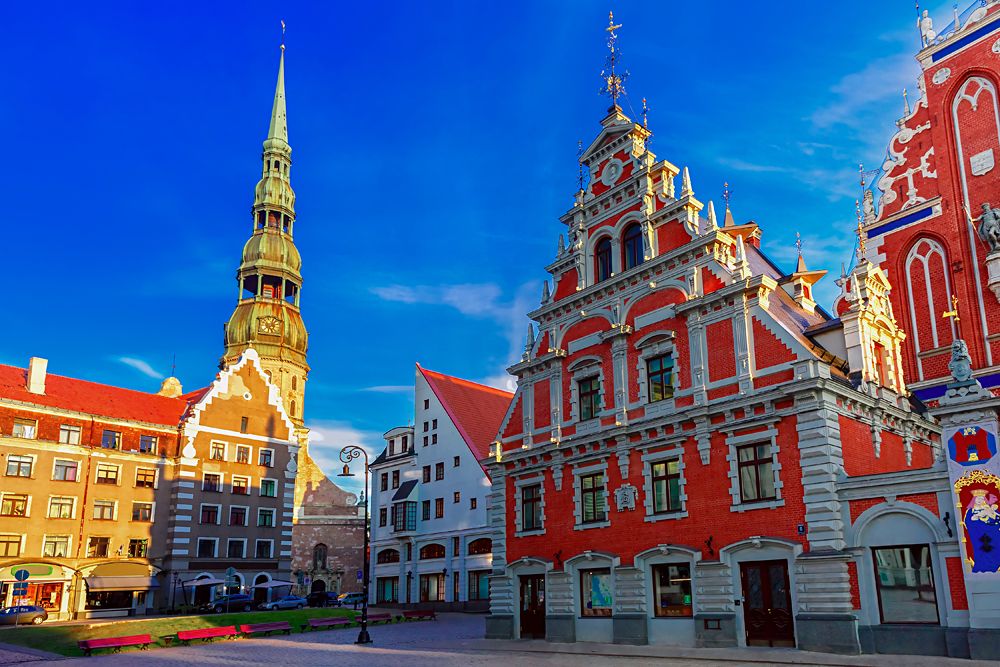
Not far from the Old Town is the Freedom Monument, a copper statue of Liberty with a woman holding three stars on the top which symbolize freedom for the three major regions of Latvia. The sculptures and the bas-reliefs at the bottom of the obelisk represent heroes, heroines, and the common people. While on your travel to Latvia, you can catch the changing of the guard every hour here. Not far away is Riga Castle, dating back to the 13th century. Today it is the official residence of the President of Latvia as well as home to several museums. The castle has been reconstructed many times but today, it has six towers which are called the Holy Ghost Tower, the Lead Tower, the Piper Tower, the Northern Tower, the Ecker Tower, and the Tower of the Three Stars. Underground passageways have been discovered leading in various directions from the castle.
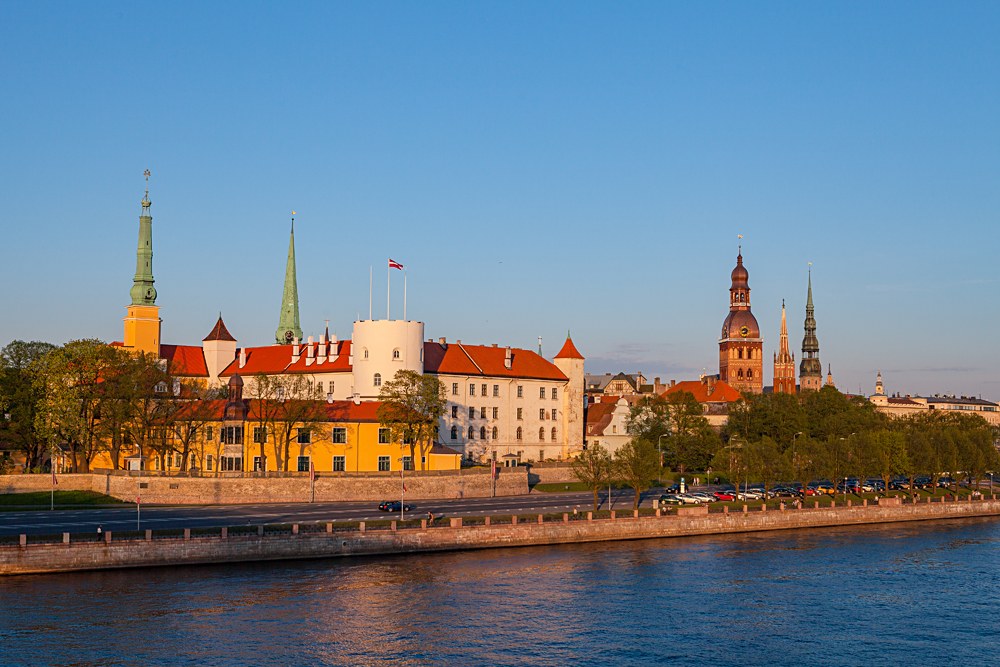
The city of Riga is divided by the Daugava River. Crossing over the river on the Stone Bridge, you will come across two other districts with well-preserved old buildings. Agenskalns has around 600 wooden buildings from the late 19th century which were, at that time, called villas. Mansions and manor houses would be better descriptions. One of the most beautiful is Schwarzhof, a manor house built in 1872 surrounded by a landscaped garden from which there is a spectacular view of the city. Agenskalns has a Saturday market every week (an authentic farmers market where you can buy fresh fruit, vegetables, and flowers) and concerts are held during the summer. The other district is Tornakalns, again on the other side of the river. Originally, the home of rich and important townsfolk, it now consists of mansions with large gardens. It is also known for its parks. Andrejsala (also known as Andrew Island) is a special district in Riga which has been developed into an art, culture, and entertainment centre with exhibition halls, studios, and other buildings.
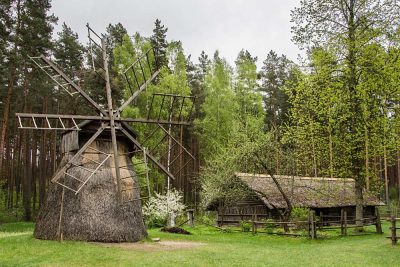
If you enjoy museums and art galleries on European vacations, Riga has an abundance of them. Some that really stand out include the Museum of the Occupation of Latvia, which details the eras of the Nazi and Soviet occupations. Definitely of interest to anyone on a Latvia vacation who has a fascination for those times. To quote the museum, “Make sure you check the section on the Berlin Wall, which is brilliantly put together.” The Latvian National Museum of Art offers exhibits of Latvian art from the 19th and 20th centuries. The two rooftop terraces have wonderful views of the city here. The building itself is a national architectural monument. Something different is the Latvian Ethnographic Open Air Museum, where you can learn about the lives of ancient farmers and fishermen. The museum features 118 buildings which include village houses, ancient bathhouses, plus buildings representing different crafts. You can do everything from tasting traditional food to making your own jewellery.
Riga is not to be outdone when it comes to festivals. The Riga City Festival involves numerous concerts in Riga’s concert halls, gardens, and parks, usually in August. The Riga Opera Festival takes place at the Riga Opera House in June each year.
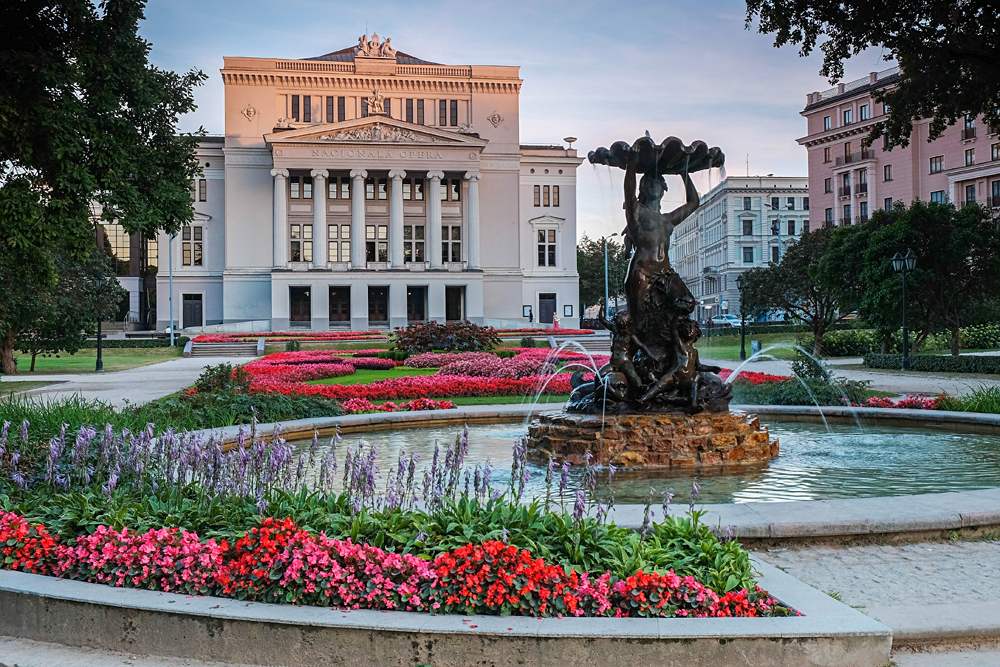
Lithuania
Vilnius is located in the south eastern part of Lithuania and is the second largest city in the Baltic States. Once again, it is known for the outstanding architecture in its Old Town, declared a UNESCO World Heritage site. Your first impression of Vilnius on a Lithuania vacation may be of its green spaces. Almost half of the city is such, with many attractive parks and gardens. But that’s not all that’s attractive about this city. There is the River Neris which runs through the centre and a prominent hill on top of which are the ruins of an old castle. All this makes Vilnius, just for starters, a great place to visit on European vacations.
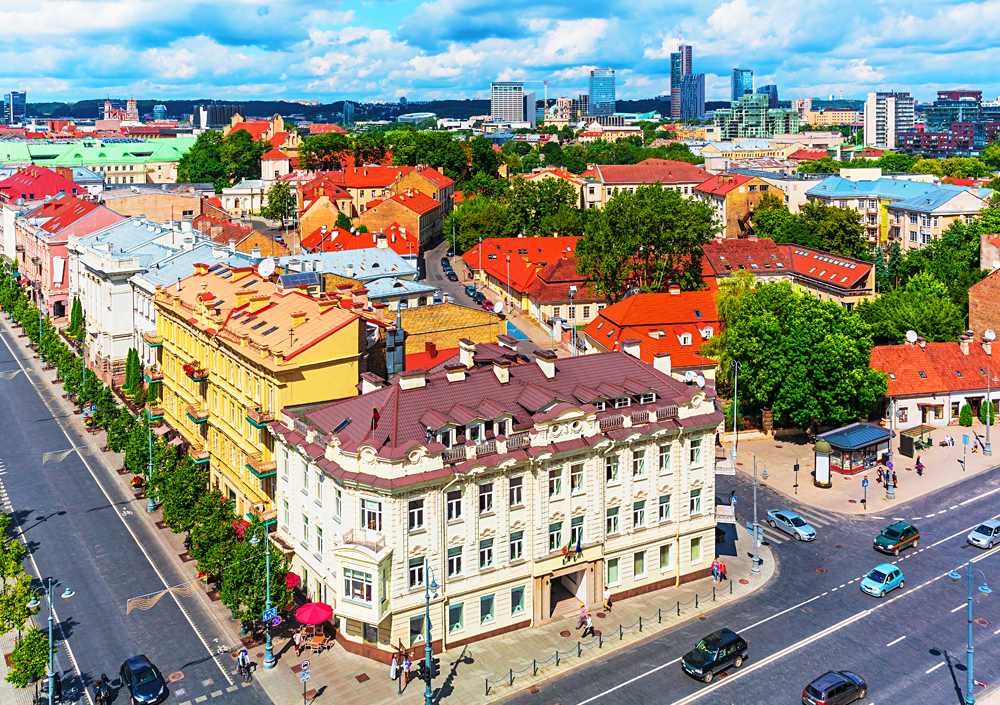
The historical centre of Vilnius is one of the largest in Europe. It boasts nearly 1500 old buildings constructed over the centuries. Some of the highlights in the old part are Vilnius University, which features 13 courtyards framed by 15th Century buildings, the picturesque Church of St. Johns, with its bell tower, and the Gates of Dawn, the only surviving gate of the first original five gates in the city wall and which displays a painting of the Blessed Virgin Mary. On Literaty Street, there are over 200 tiles and commemorative plaques to writers who have lived and worked in Vilnius, plus a number of foreign writers who have shared some connection to the city. Mentioning this reminds me of the hotel I stayed in here called the Shakespeare Hotel. The rooms, instead of having numbers, were named after famous writers/authors such as John Steinbeck, Oscar Wilde, George Eliot, etc. My allotted room was named after Jane Austen. Unfortunately, the sign on the door was misspelt as Austin. I politely pointed this out to the receptionist who smiled patiently and advised me that, yes, they were aware of it. Well, I thought I would let them know as had, obviously, everyone else who ever stayed in the room on a Lithuania vacation.
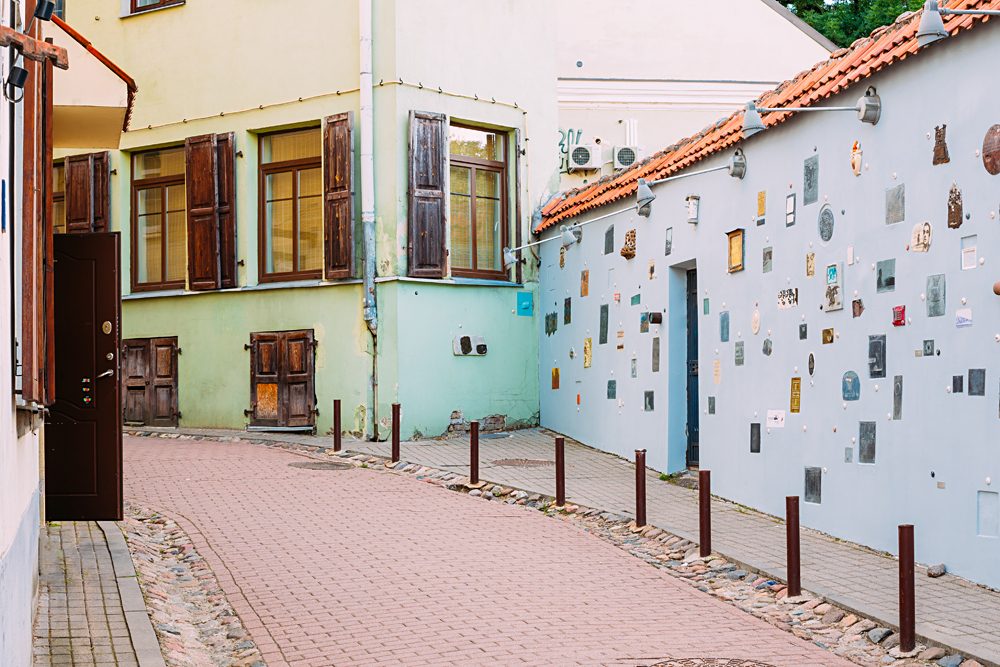
Arguably, the most prominent edifice in Vilnius is the imposing and eye-catching Vilnius Cathedral. It is located on a square surrounded by roads, and because of this, plus its size and its colour, stark white, your eyes gravitate towards it instantly. It was built in 1387 in the Gothic style but was rebuilt in the Classical style between 1783 and 1801. Immediately opposite is the Palace of the Grand Dukes of Lithuania, a strikingly attractive building and the former diplomatic and political centre of the country. Today, it houses a multifunctional museum which includes some excavated artifacts and information about the historical leaders of the country. Towering above these two sites is Gediminas Hill, on top of which are the ruins of Gediminas Castle, which can be reached by walking up the hill or by funicular. The views from here are wonderful.
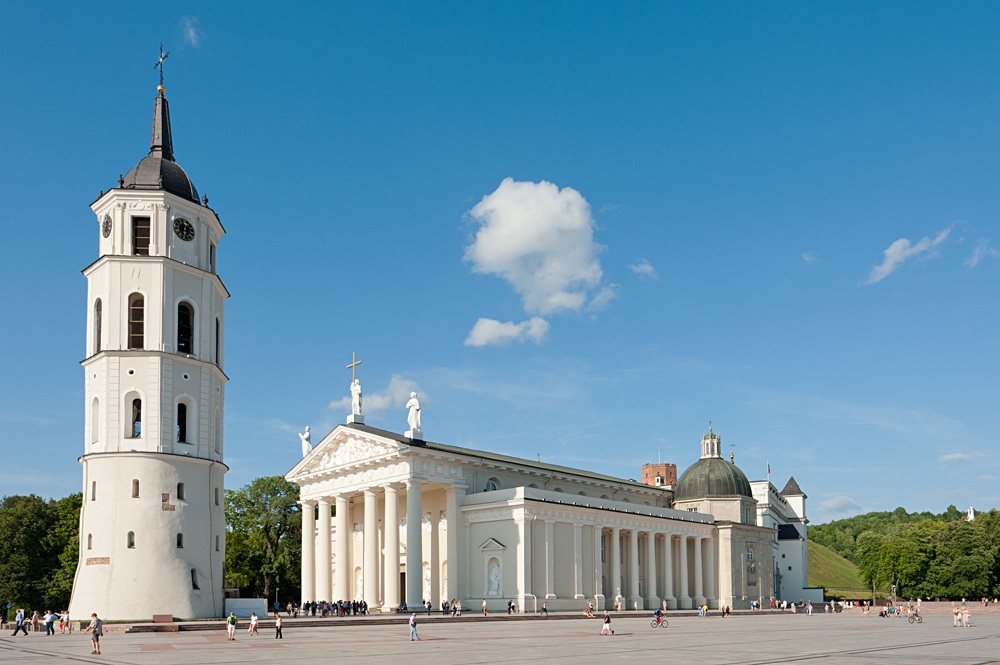
The elegant Presidential Palace, located in the Old Town, is the official office and residence of the President of Lithuania. The palace dates back to the 14th century and has undergone several reconstructions. It has served as a residence for Vilnius bishops and was occupied and annexed by the Russian Empire at one time. It has been the home of Czar Alexander I, King Louis XVIII of France, and Emperor Napoleon Bonaparte. Every day at 6 pm, you can watch the changing of the guards here. Visitors on European vacations can enter the interior of this historical building and can even visit the office of the President.
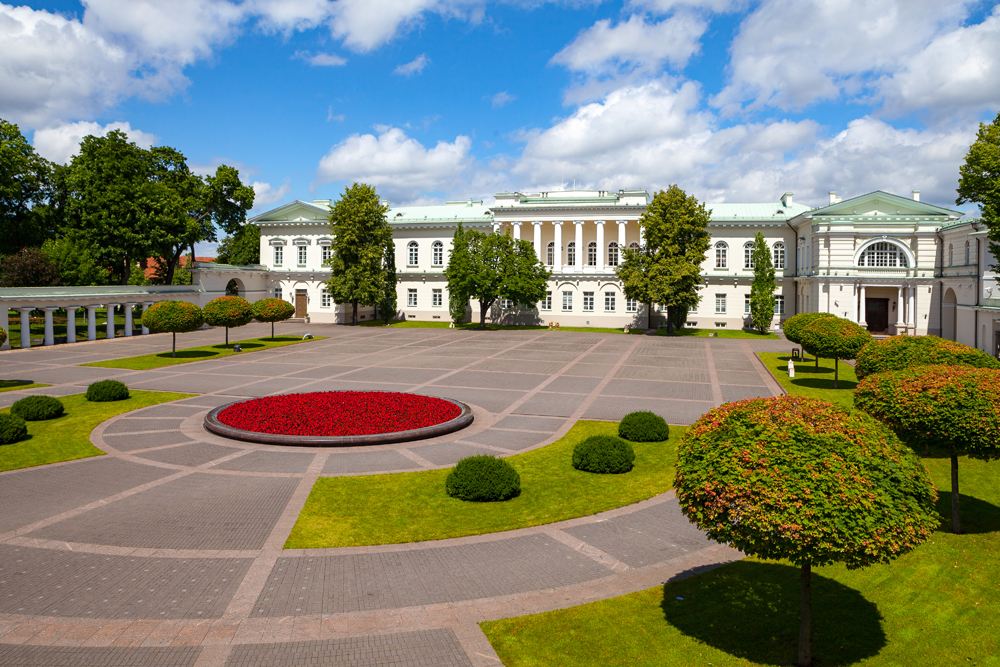
A unique district in Vilnius is called Uzupis. It is home to bohemian artists who run the numerous art galleries and workshops here. There are also a number of restaurants, bars, cafes, and boutique shops in which to spend your time. On April Fool’s Day in 1997, Uzupis was declared to be the Republic of Uzupis by the residents of the area. It has its own flag, currency, and president, and today, in a whimsical way, it is still regarded as such. On a wall, you can find the 39 articles of the “Republic’s” constitution in 23 different languages, and includes the following, “People have the right to be happy,” “People have the right to have no rights,” and “A dog has the right to be a dog.” I’m sure you get the gist. Another piece of whimsy in another part of the city is the Frank Zappa sculpture. Although this famous American rock performer and impresario had never been or had any connection to Vilnius, the city decided to honour him anyway with this sculpture.

The forest-like Vingis Park is a beautiful park on the edge of the downtown area next to the river and is the city’s largest. It is used as a venue for concerts, festivals, and sports competitions. There are cafes, restaurants, and bike and roller skate rental venues. The deeper you go into the park, the more you can enjoy real peace and quiet on your Lithuania vacation. Another central park is the Bernadinu Gardens, located between Gediminas Hill and the river. The park features botanical gardens, fountains, and a rose garden – a very pleasant park in which to take a stroll. It also contains a 300-year old oak tree, the oldest in Vilnius.

A totally different side to the city is the more contemporary part which can be seen by walking down the main avenue called Gediminas Avenue (Gedimino Prospekt). It is a popular shopping and dining street and is partially a pedestrian thoroughfare in the evenings. This lengthy avenue starts near the Cathedral and the old town and ends at a bend in the river near Vingis Park. Just off the street is the fascinating Museum of Genocide Victims. This is not for the squeamish as it is a memorial and historical exhibition of what took place during the occupation of Lithuania by the Soviets. Originally the headquarters of the Nazi Gestapo, it was taken over in 1944 by the Soviet Secret Police (the KGB). It is divided into two parts, the upper displaying documents and photographs of the Lithuanian partisans’ resistance against the Soviet occupiers and the deportations of Lithuanians to Siberia. The lower part, which really shocked me, is the prison cells and execution and torture chambers, unchanged since their original use – depressing but realistic. Another informative museum is the Holocaust Museum, also known as the Jewish Museum, which is dedicated to the story of the once flourishing culture and history of Lithuania’s Jewish community. The museum is fairly explicit with a video about a ghetto hideout in which real diary entries are featured.
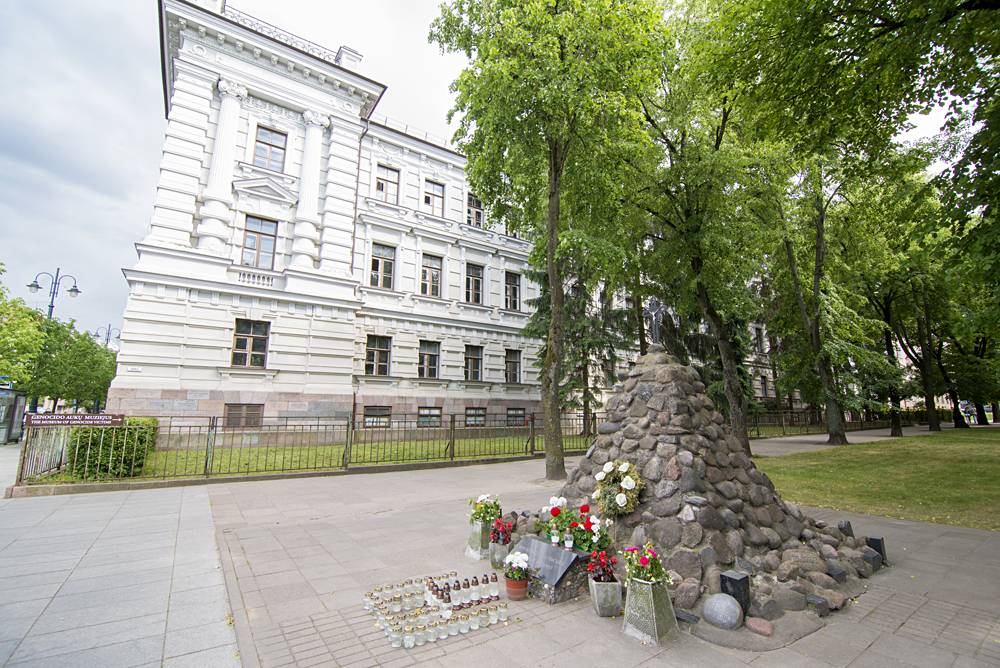
On a lighter note, the Contemporary Art Centre is the largest venue for contemporary art in the Baltic States, with works by local and international artists. Programmes include lectures, seminars, performances, film and video screenings, and live new music events. For music fans, the Lithuanian National Opera and Ballet Theatre shows both Western works and national operas and ballets. The Lithuanian National Philharmonic is the largest and oldest state-owned concert orchestra.

So there you have it – three cities in three countries that comprise the Baltics. Hopefully these capitals will appeal to you when you consider upcoming European vacations.
Get more travel inspiration by email.
Subscribe
0 Comments

Get the latest travel trends & hear about the best deals on vacations around the world.
If you’re a Globetrotter, these are the newsletters for you!

